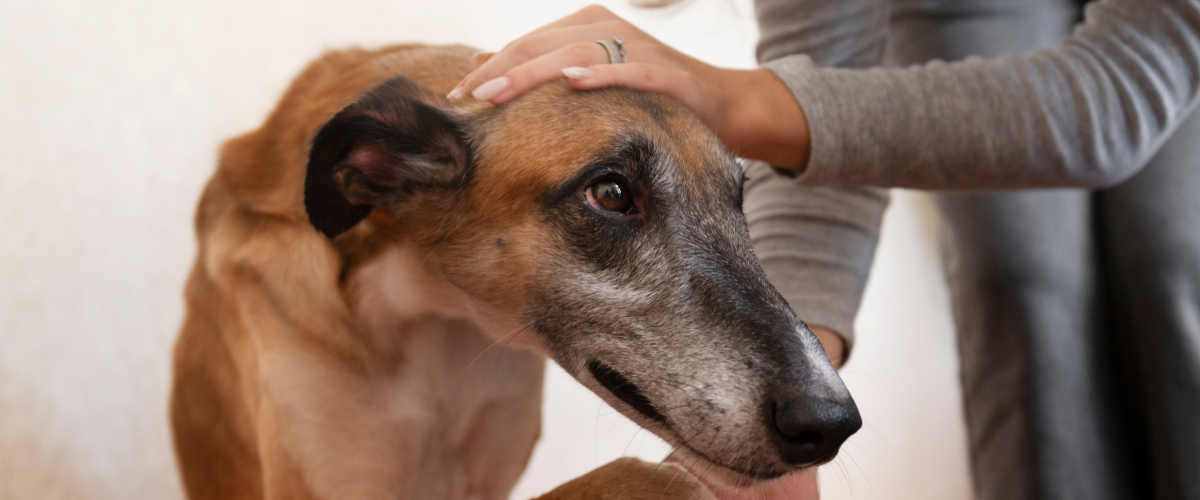Noise aversion, or the fear and anxiety triggered by loud or sudden sounds, is a common issue among pets, particularly in dogs and cats. While some pets may seem unbothered by loud noises, others can experience extreme stress, leading to physical and behavioral changes. Understanding the causes, recognizing the symptoms, and learning how to help can make a world of difference for your furry companions.
What Causes Noise Aversion in Pets?
Noise aversion is often caused by a pet’s heightened sensitivity to sound. Common triggers include:
- Thunderstorms: The combination of loud thunder, bright lightning, and changes in atmospheric pressure can be overwhelming.
- Fireworks: The unpredictable bursts of sound and light can be particularly frightening.
- Household Noises: Sounds from vacuum cleaners, blenders, or even construction work can cause distress.
- Gunshots or Alarms: Sudden and sharp noises often trigger a fight-or-flight response.
For some pets, noise aversion can be linked to a past traumatic experience, while others may have a genetic predisposition to heightened sensitivity.
Symptoms of Noise Aversion in Pets
Recognizing the signs of noise aversion is the first step in helping your pet. Symptoms may include:
- Trembling or shaking
- Hiding or seeking refuge in confined spaces
- Excessive panting or drooling
- Barking, whining, or yowling
- Pacing or restlessness
- Destructive behavior, such as chewing furniture or scratching doors
- Loss of appetite or refusal to play
These symptoms can range from mild to severe, depending on the pet and the intensity of the noise.
How to Help Pets with Noise Aversion
- Create a Safe Space
Designate a quiet, comfortable area where your pet can retreat during stressful events. Use blankets, pillows, or their favorite toys to make it feel secure. - Use Calming Aids
Products like calming collars, pheromone diffusers, or anxiety wraps (e.g., Thundershirts) can help reduce stress levels. - Distract and Redirect
Engage your pet with a favorite toy or game to shift their focus away from the noise. Playing soothing music or white noise can also help mask external sounds. - Behavioral Training
Gradual exposure to the triggering sound in a controlled environment, paired with positive reinforcement, can help desensitize your pet over time. - Consider Veterinary Solutions
For severe cases, consult your veterinarian. Anti-anxiety medications or supplements like CBD oil (approved for pets) may provide relief. - Stay Calm
Your pet looks to you for cues. Remaining calm and composed during loud events can help reassure them. Avoid scolding or forcing your pet to face their fears.
Preventive Measures
- Plan Ahead: If you know fireworks or storms are forecasted, prepare early by closing windows, drawing curtains, and setting up your pet’s safe space.
- Routine Check-Ups: Regular veterinary visits can rule out any underlying medical issues that might exacerbate noise aversion.
- Socialization: Early exposure to various sounds during a pet’s developmental stage can reduce the likelihood of developing noise aversion.
Conclusion
Noise aversion in pets is a manageable condition with the right approach. By recognizing the triggers and symptoms and implementing effective coping strategies, you can make loud noises less stressful for your furry friends. Remember, patience and understanding go a long way in helping your pet feel safe and secure.

